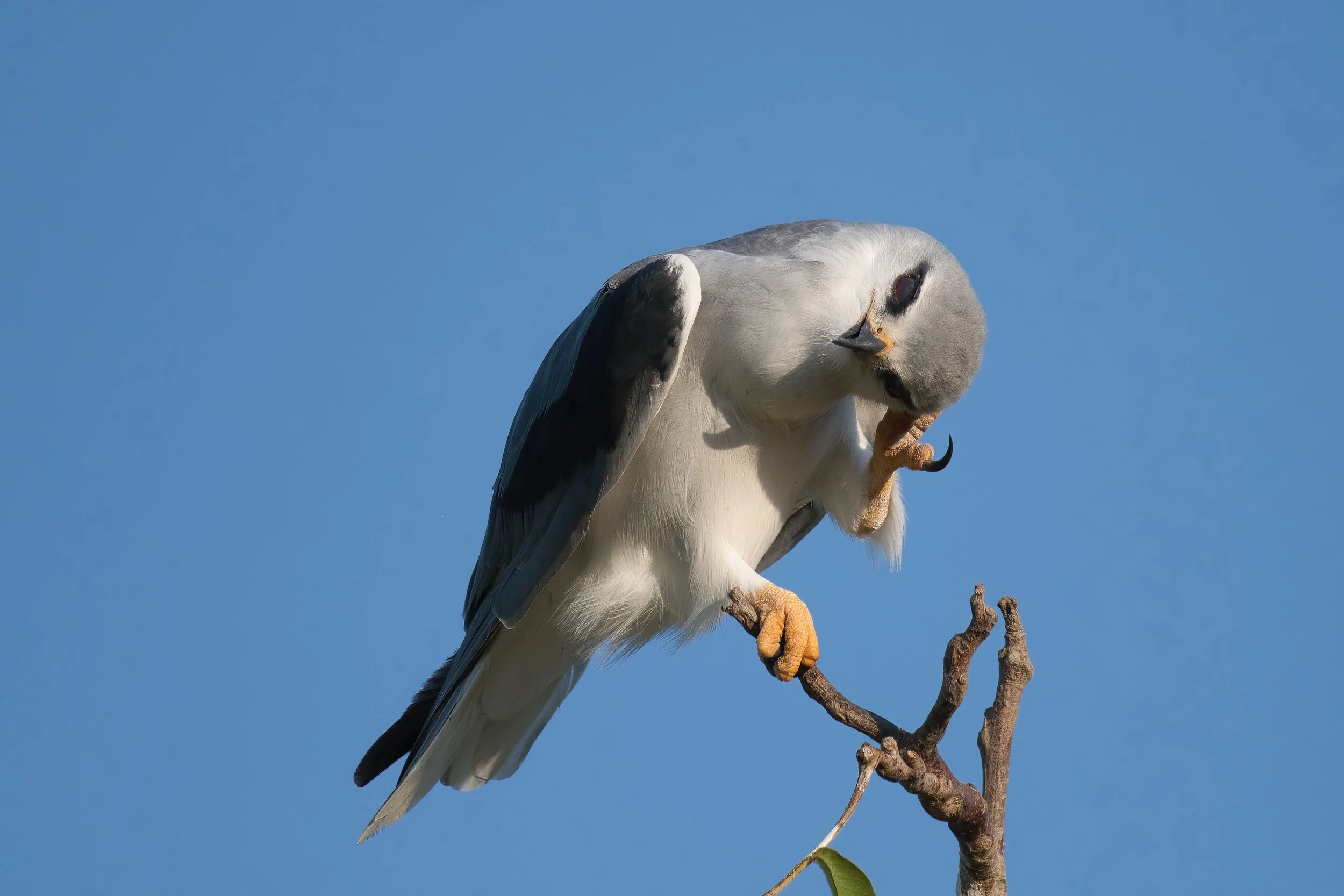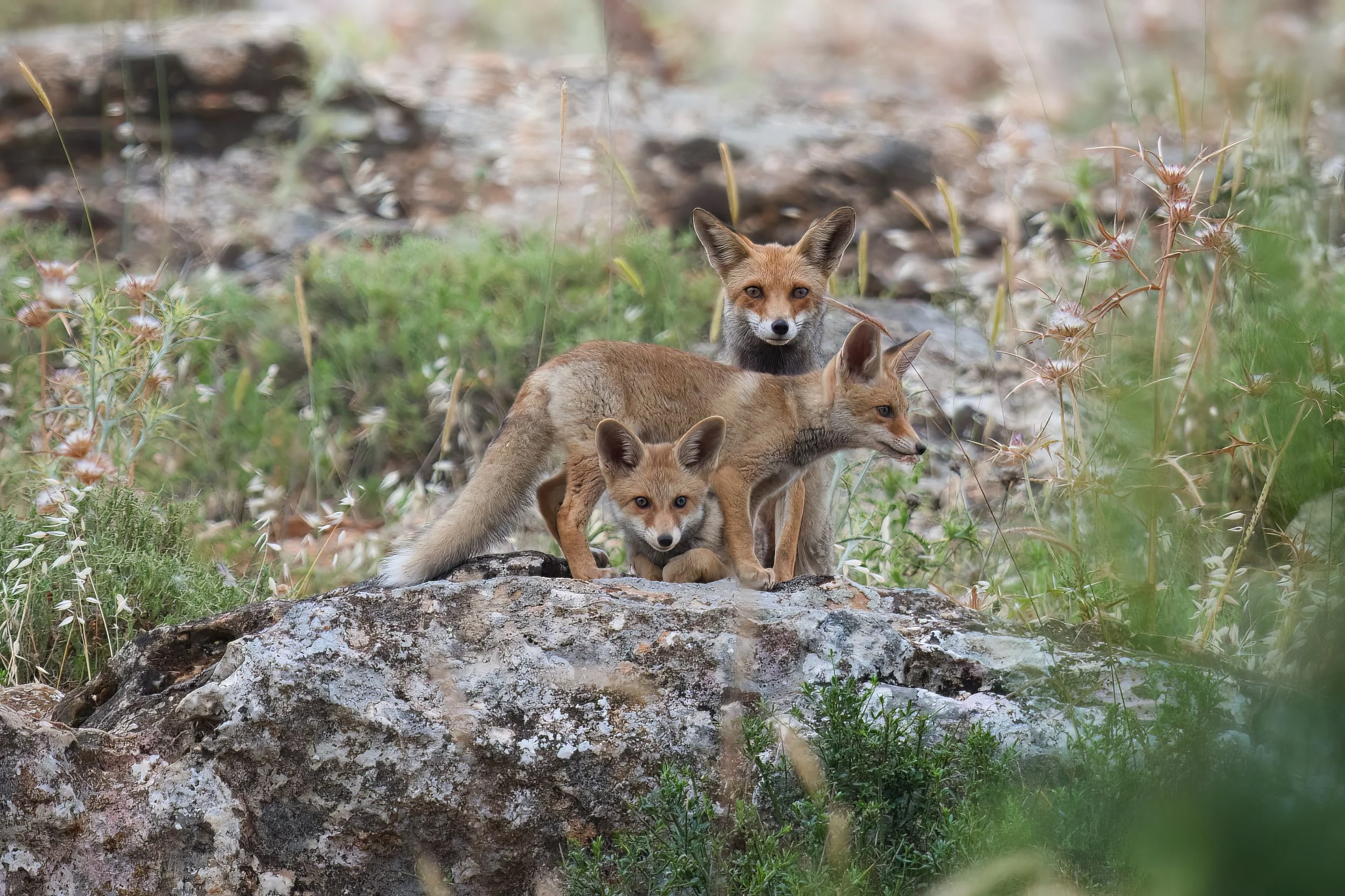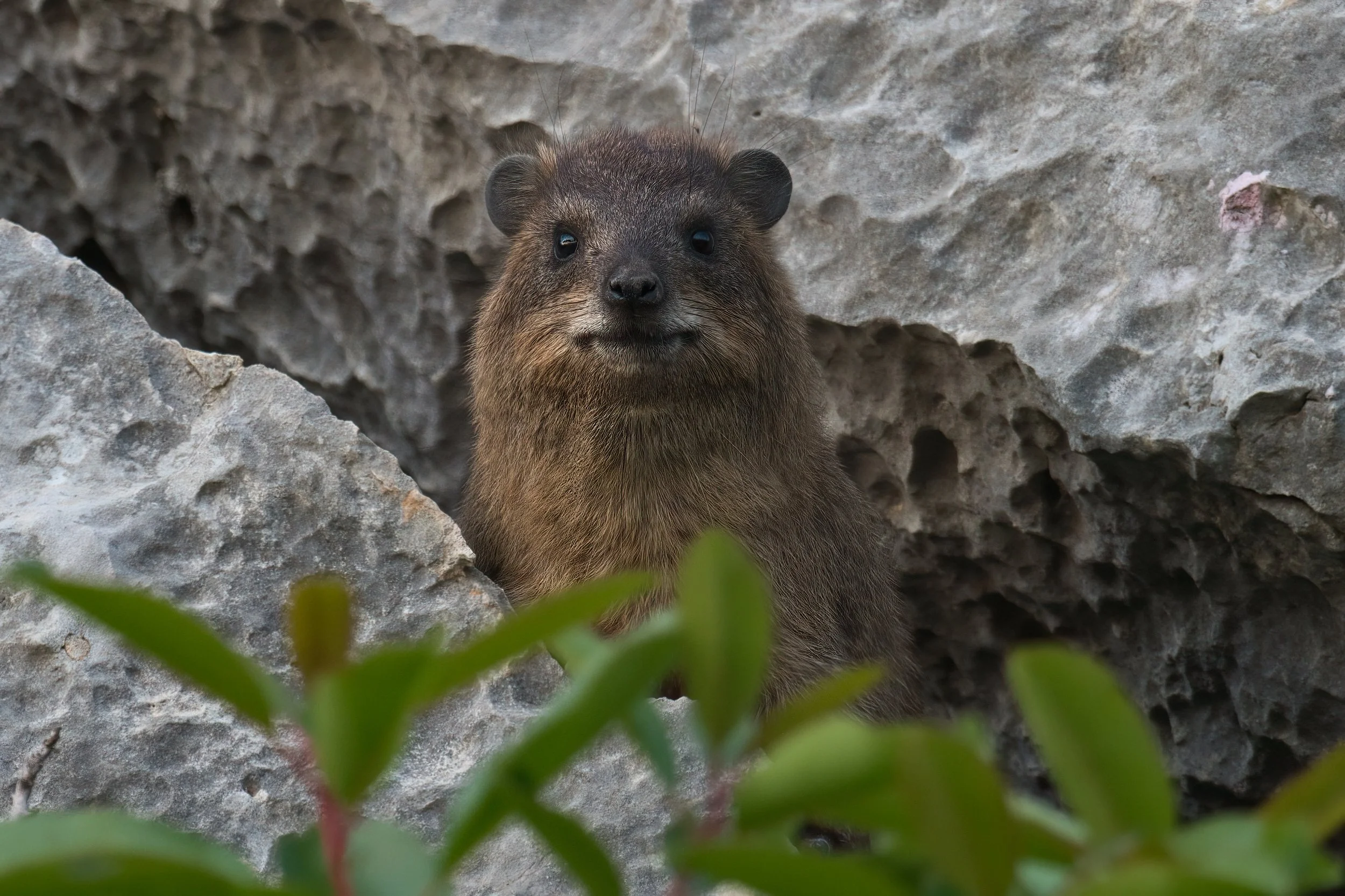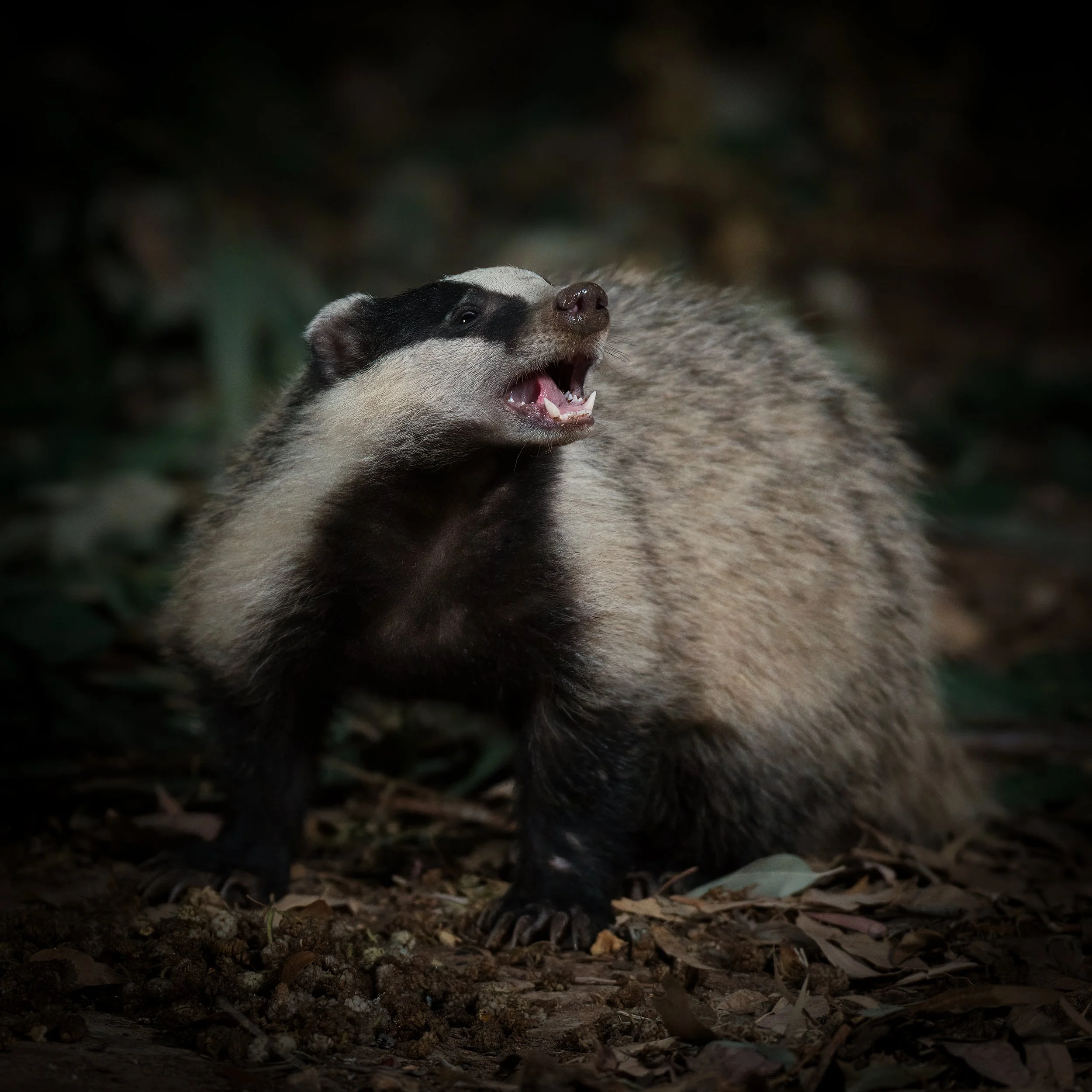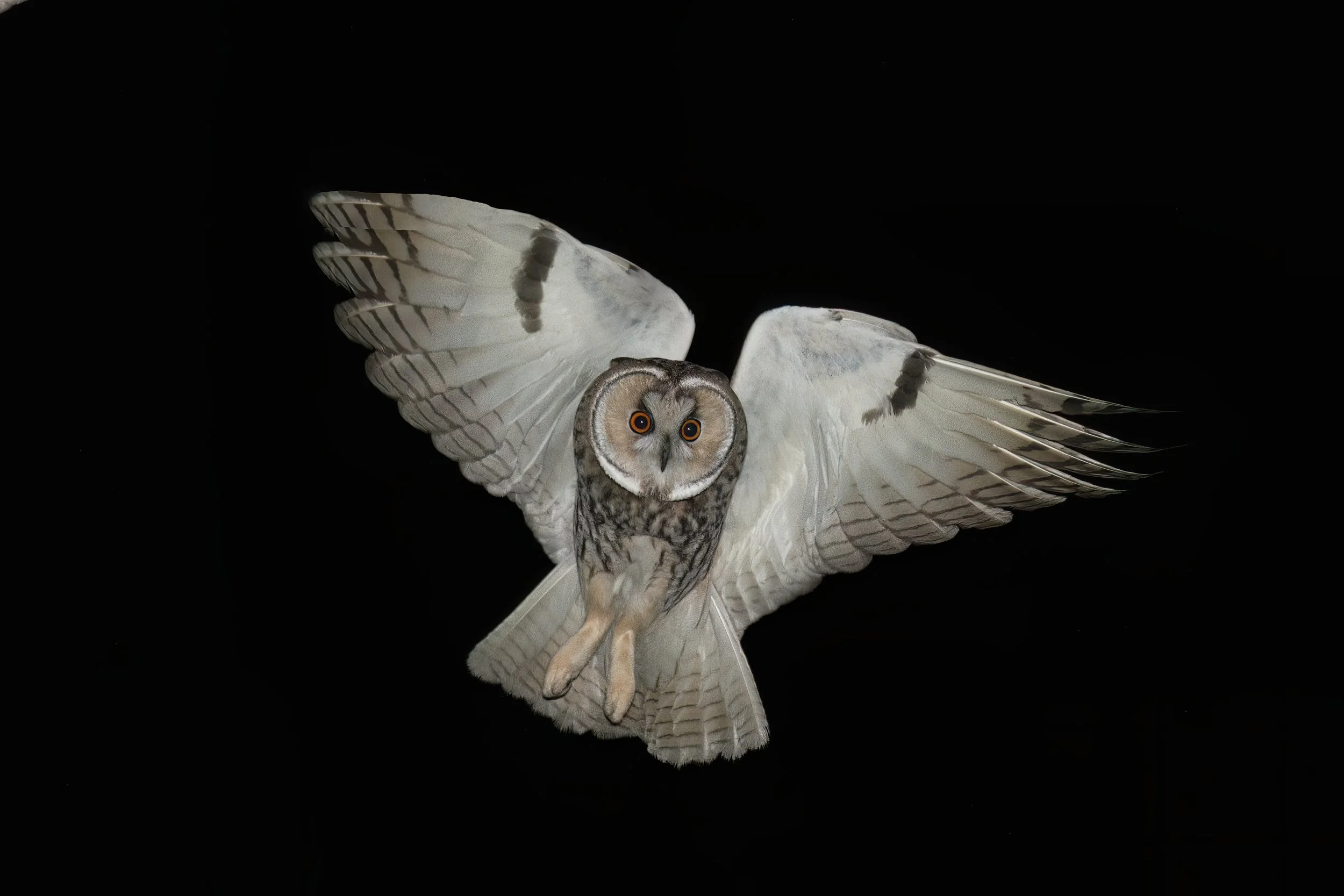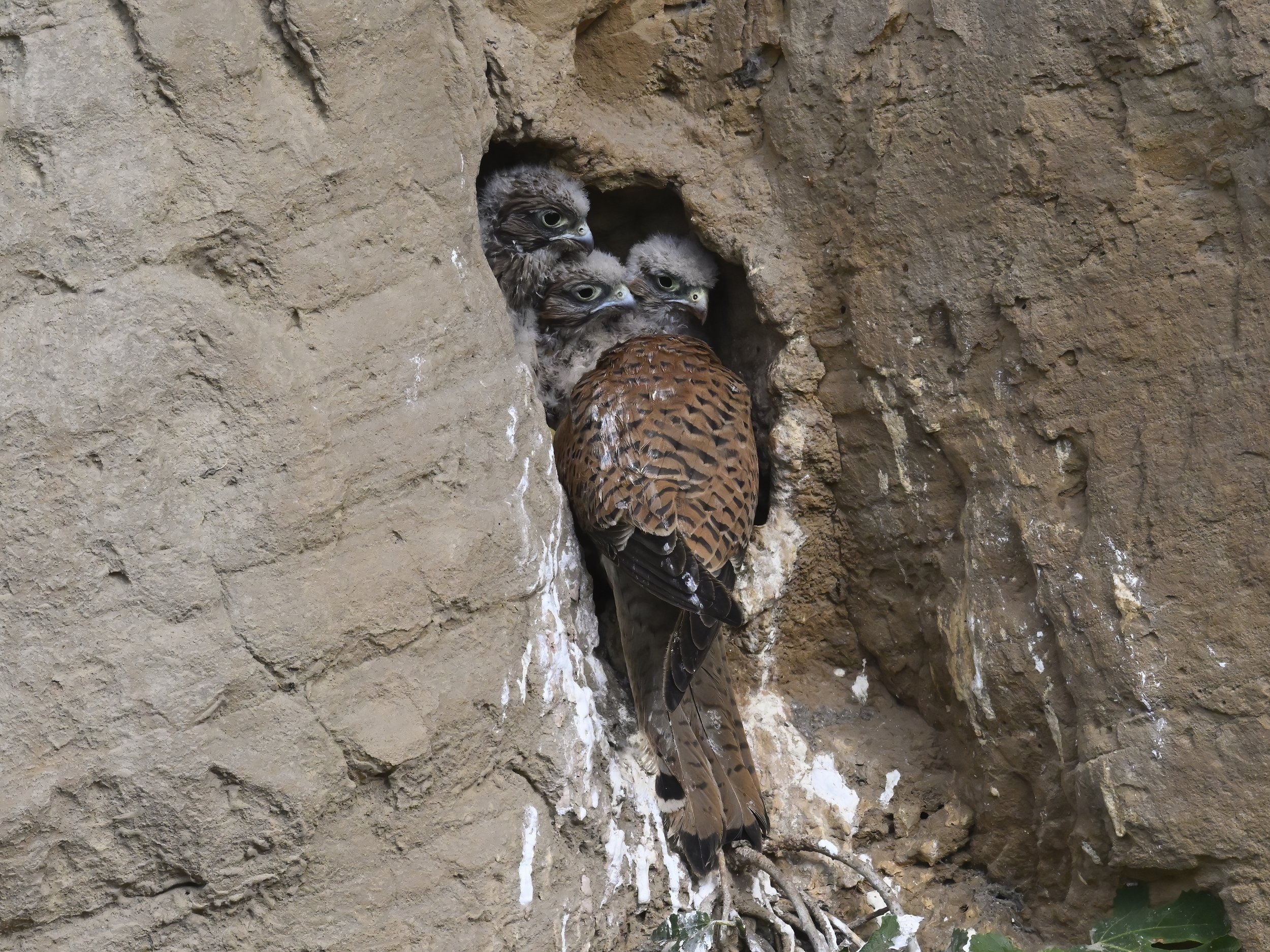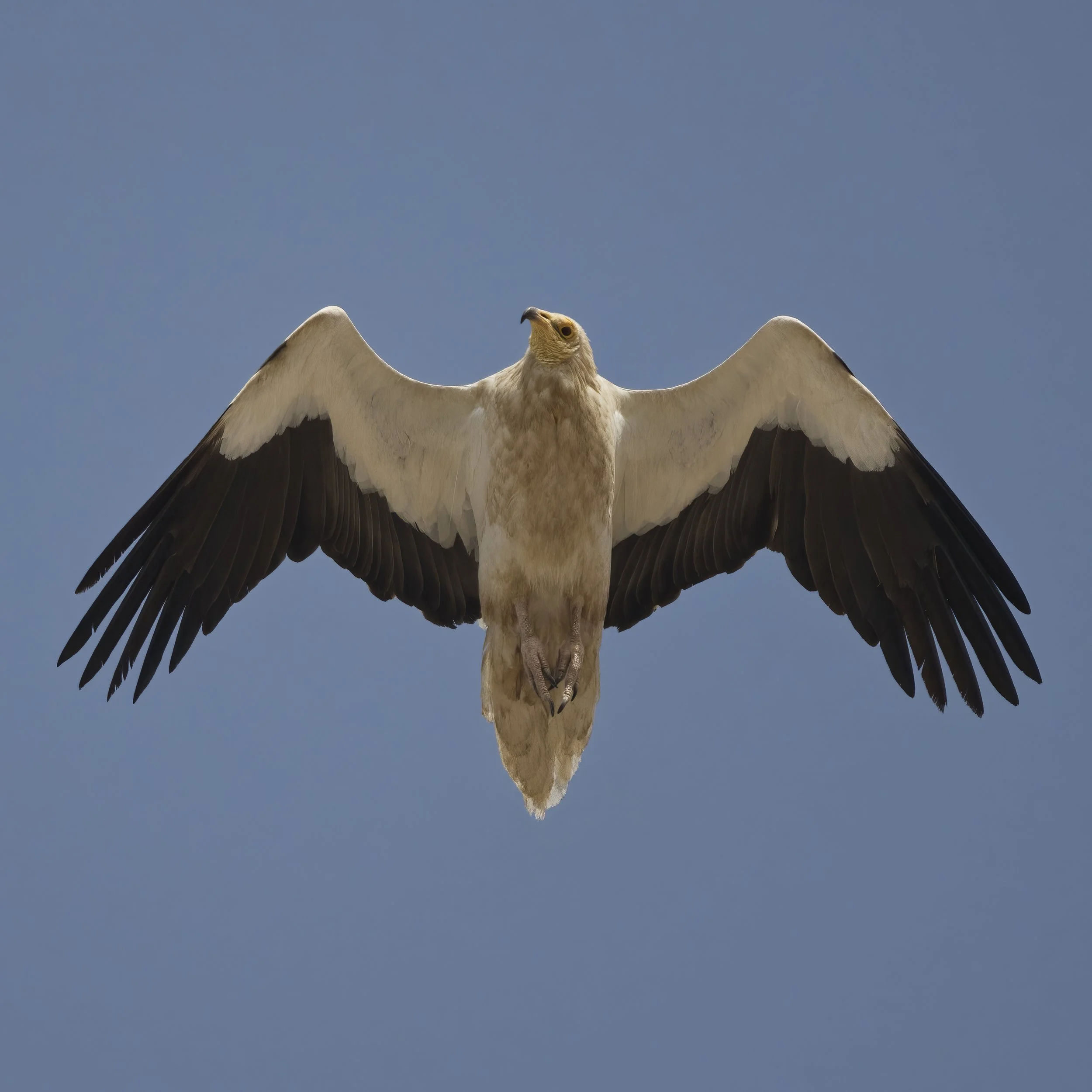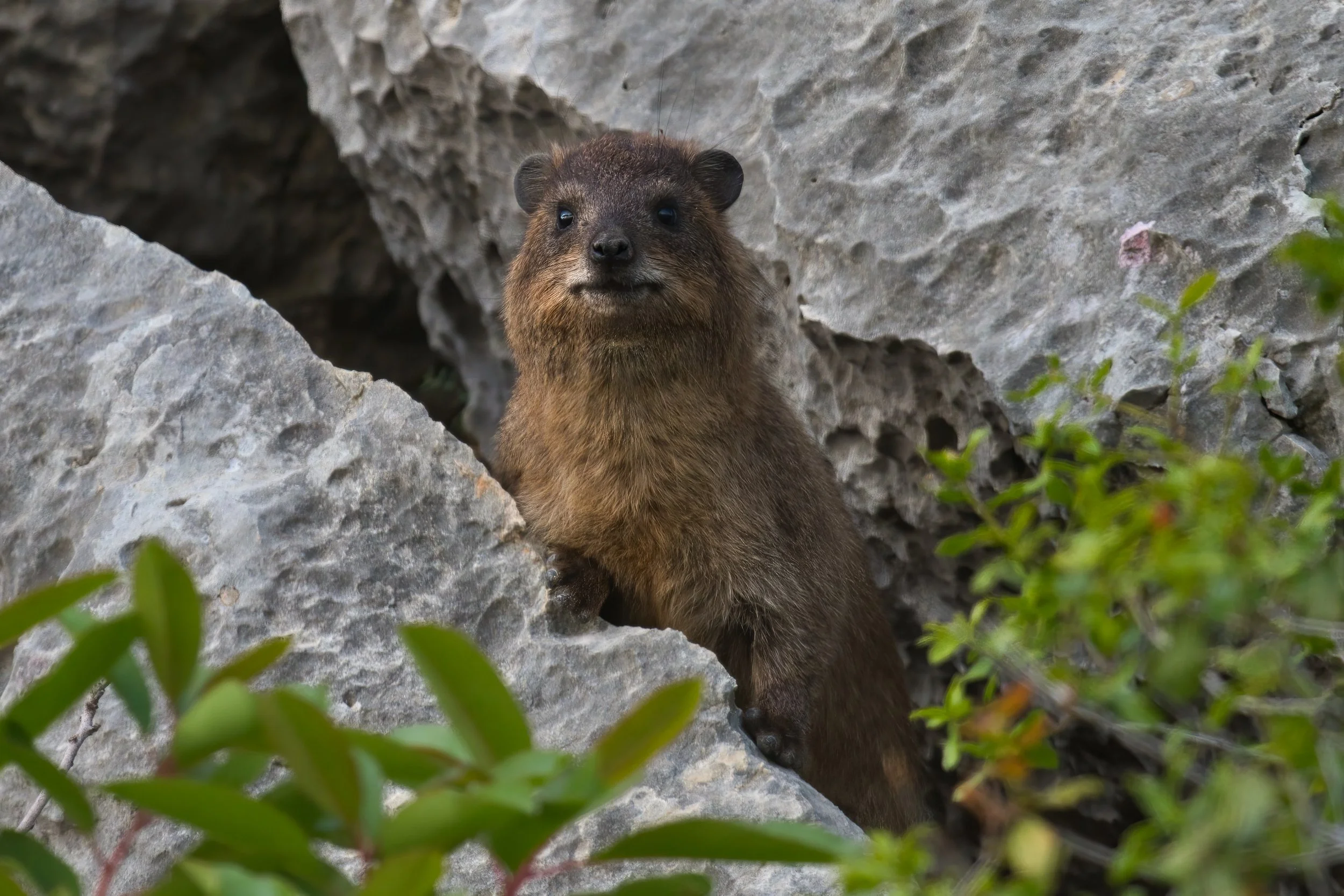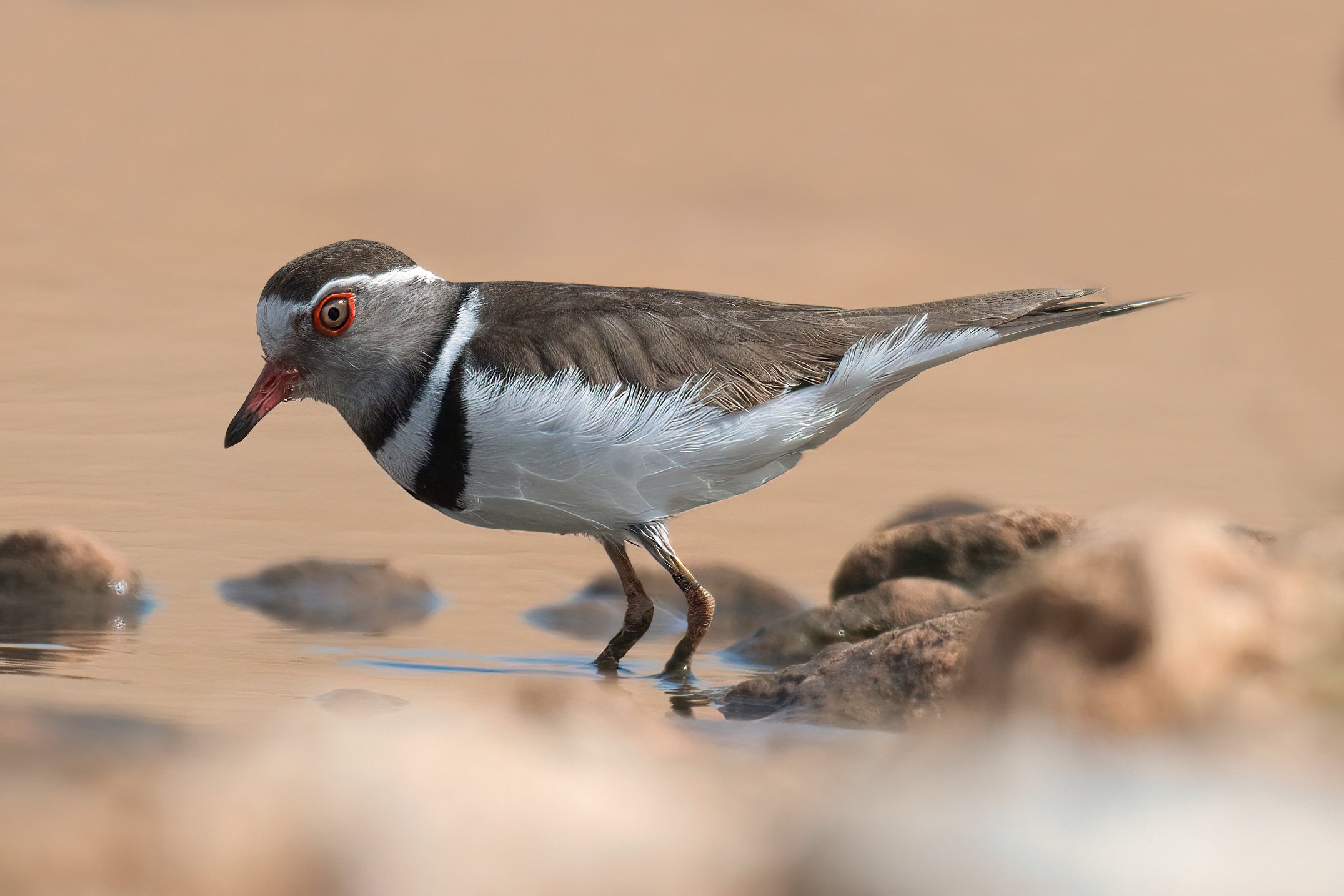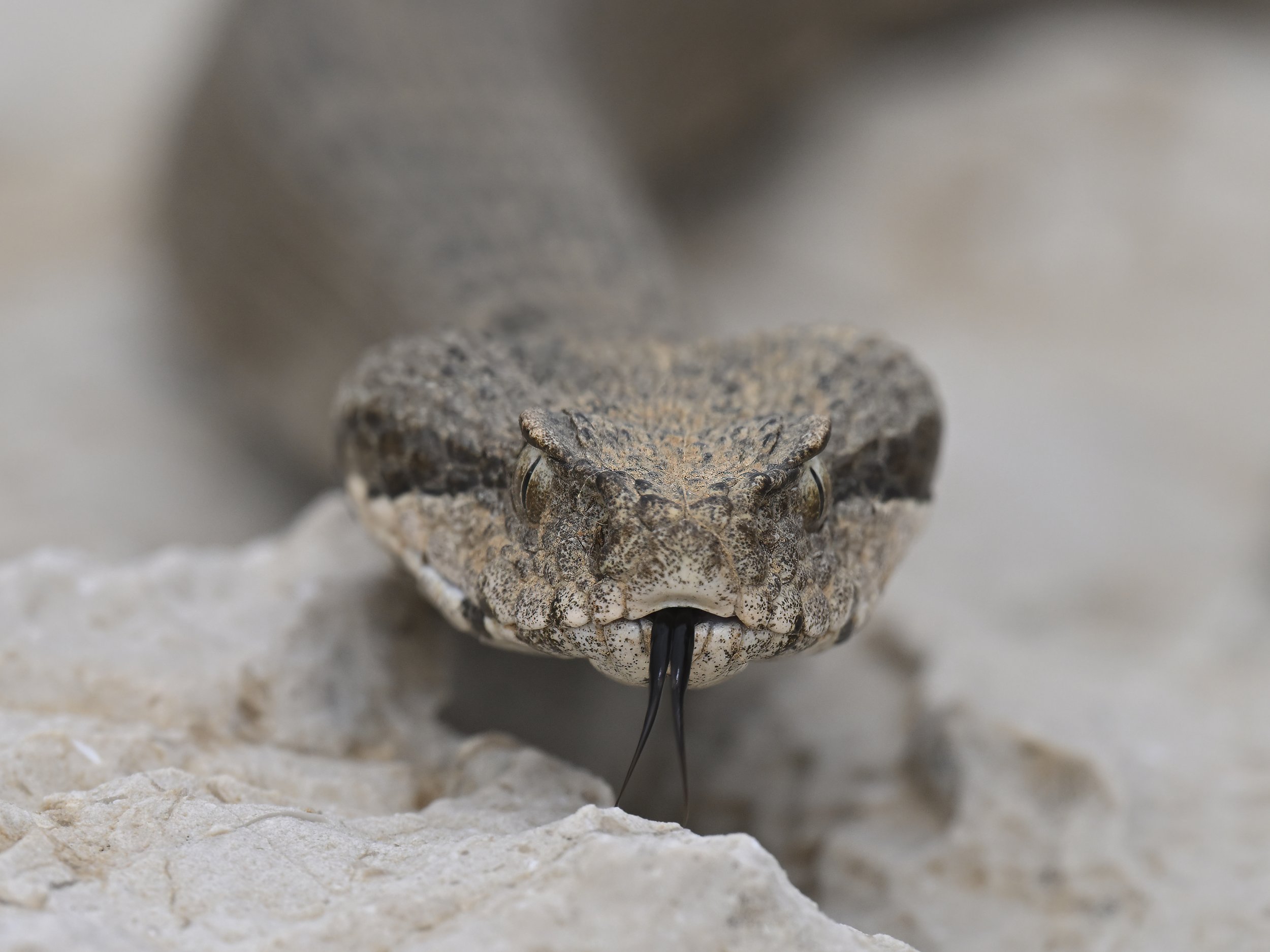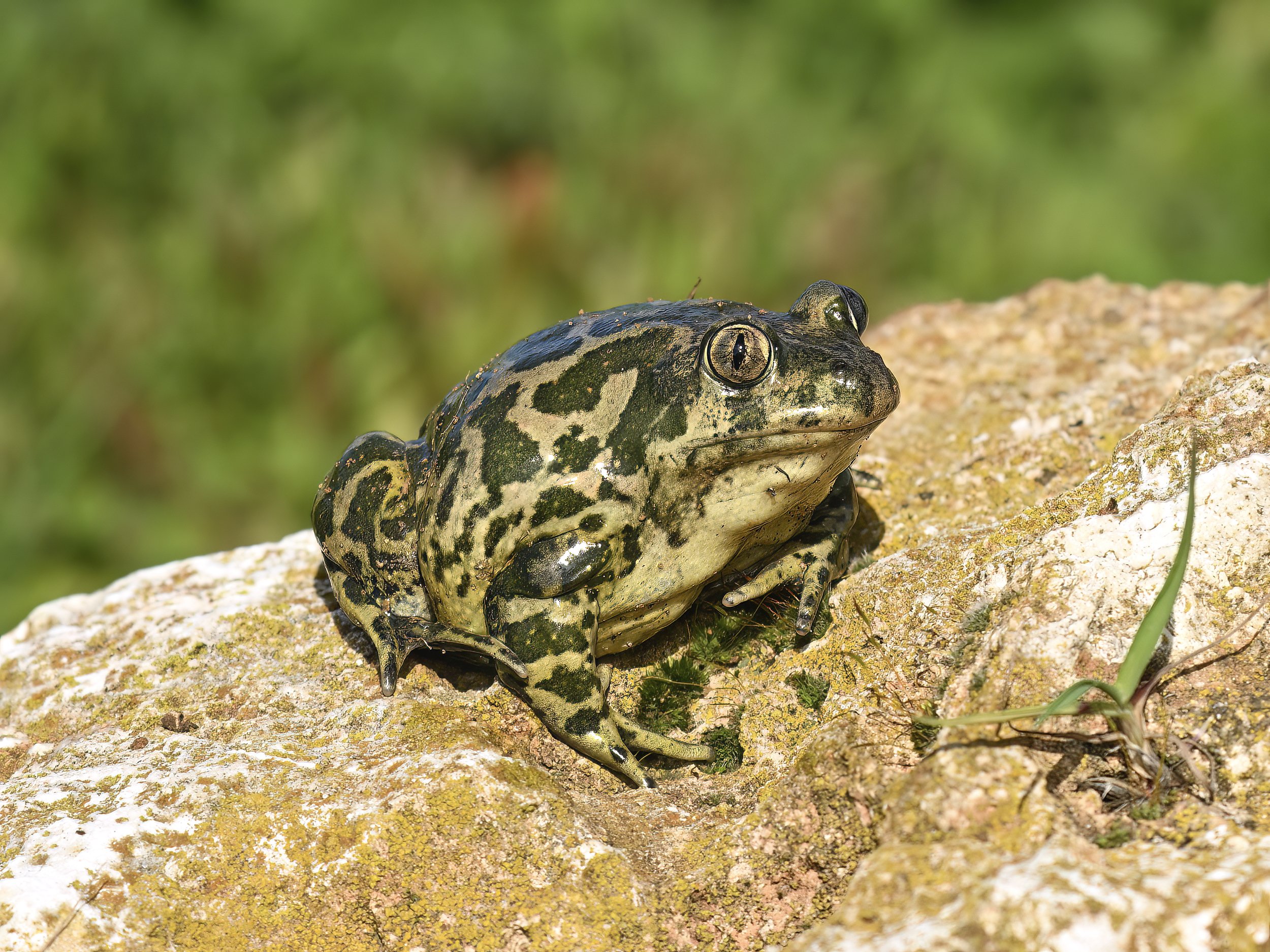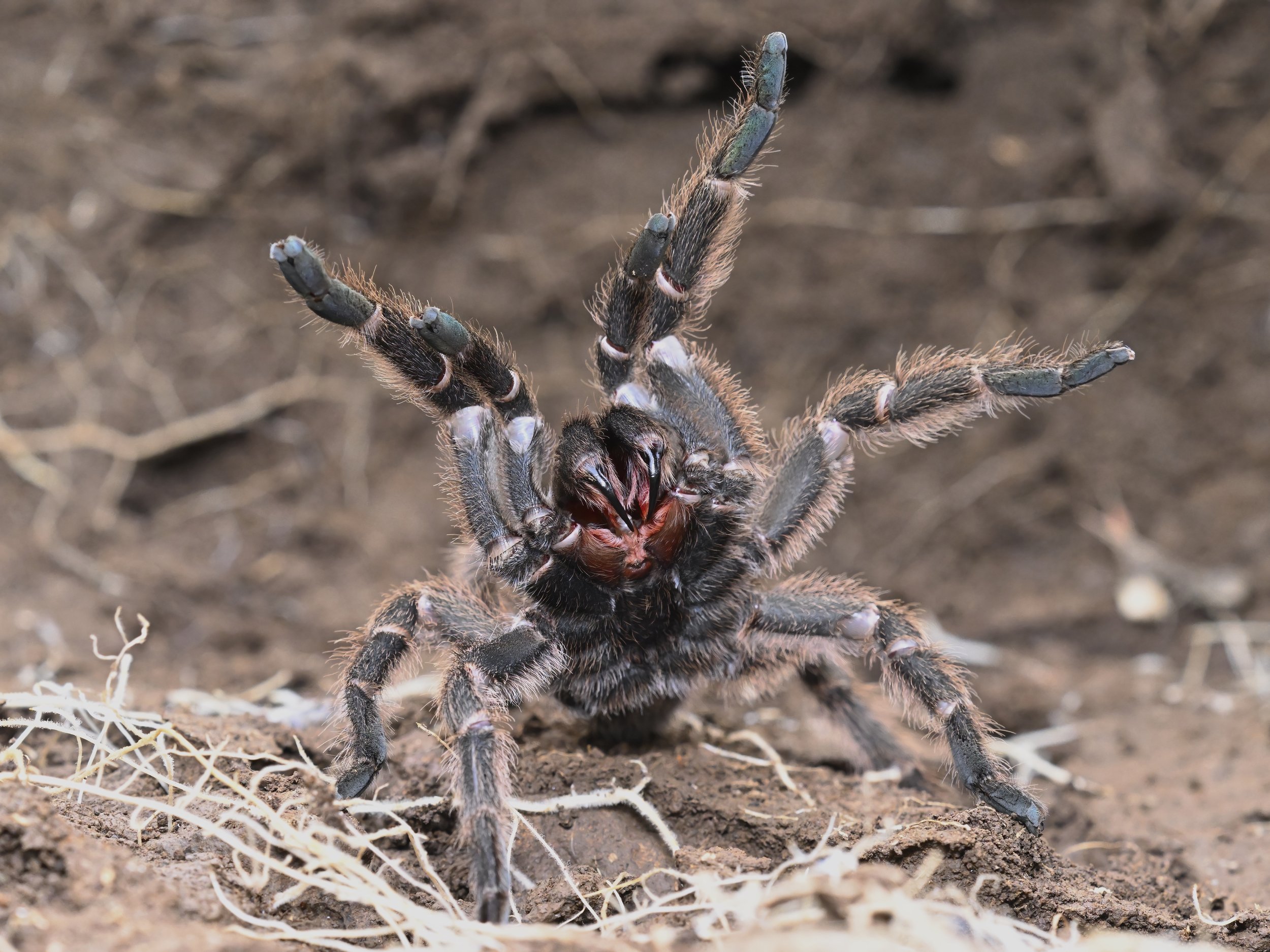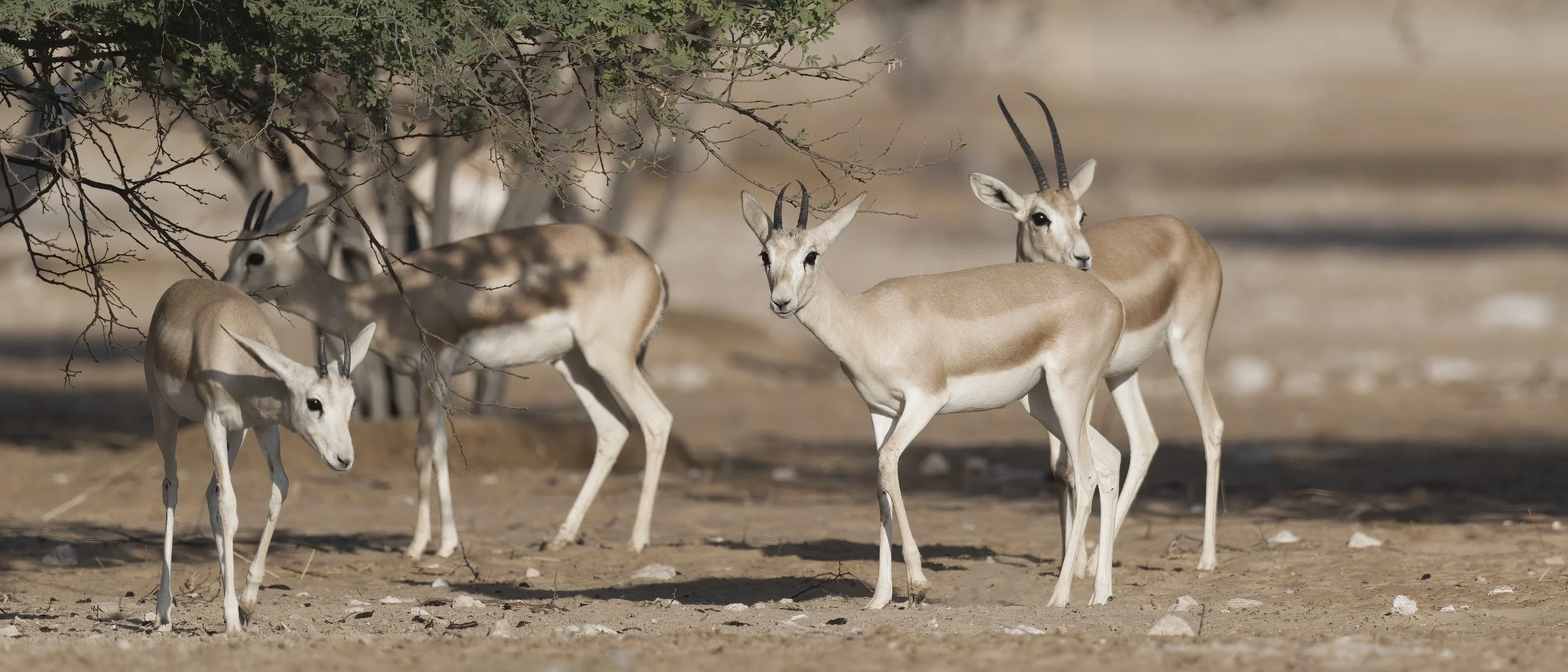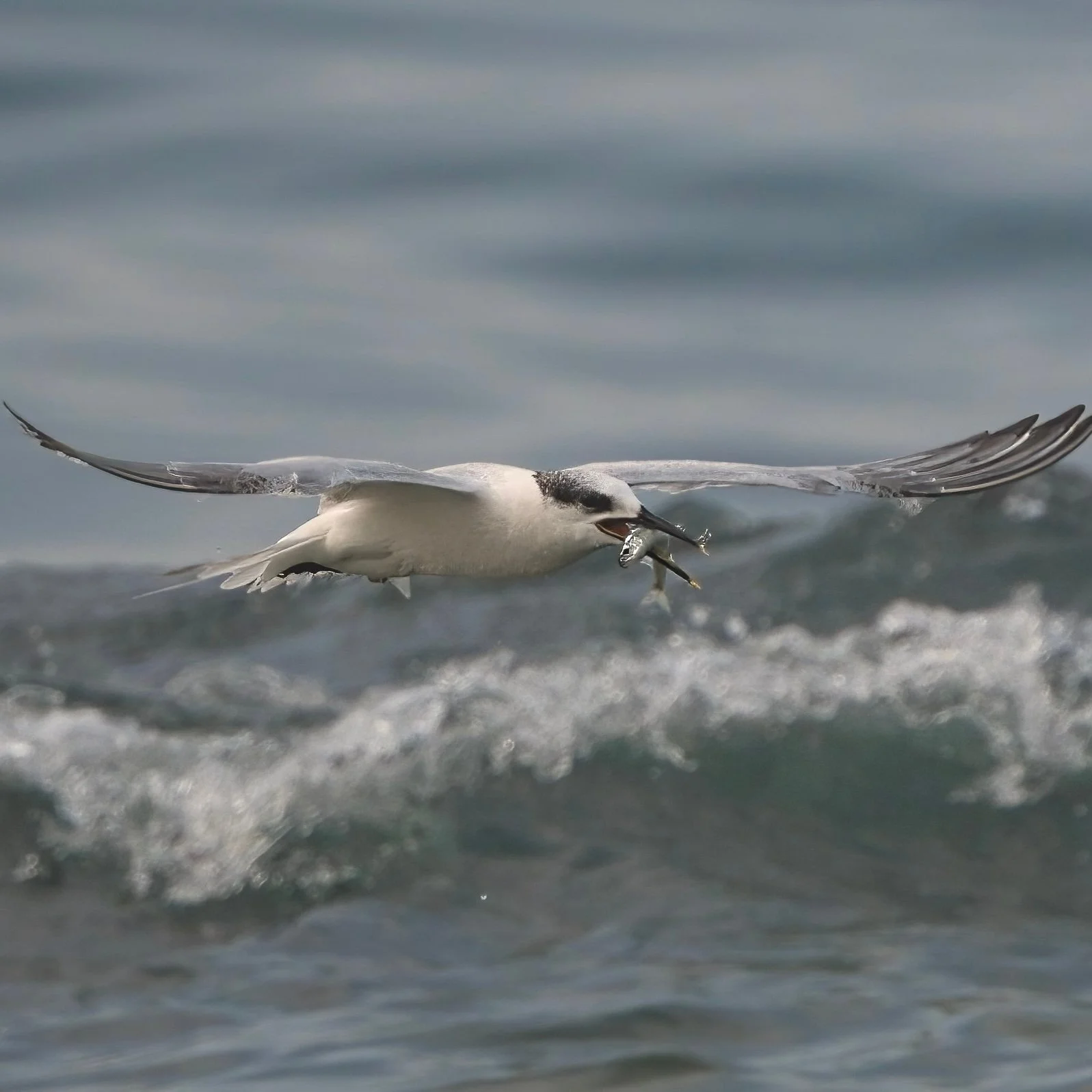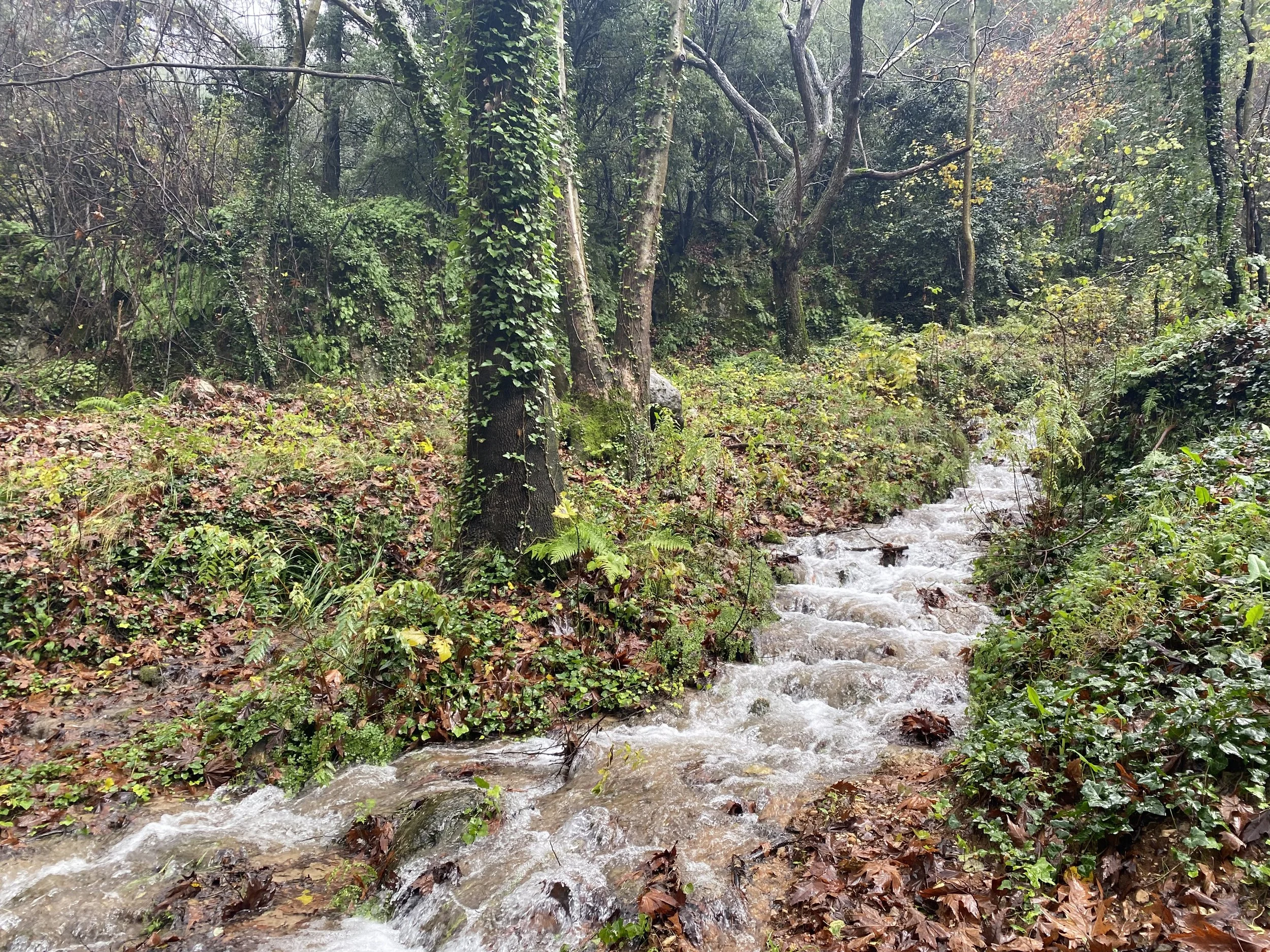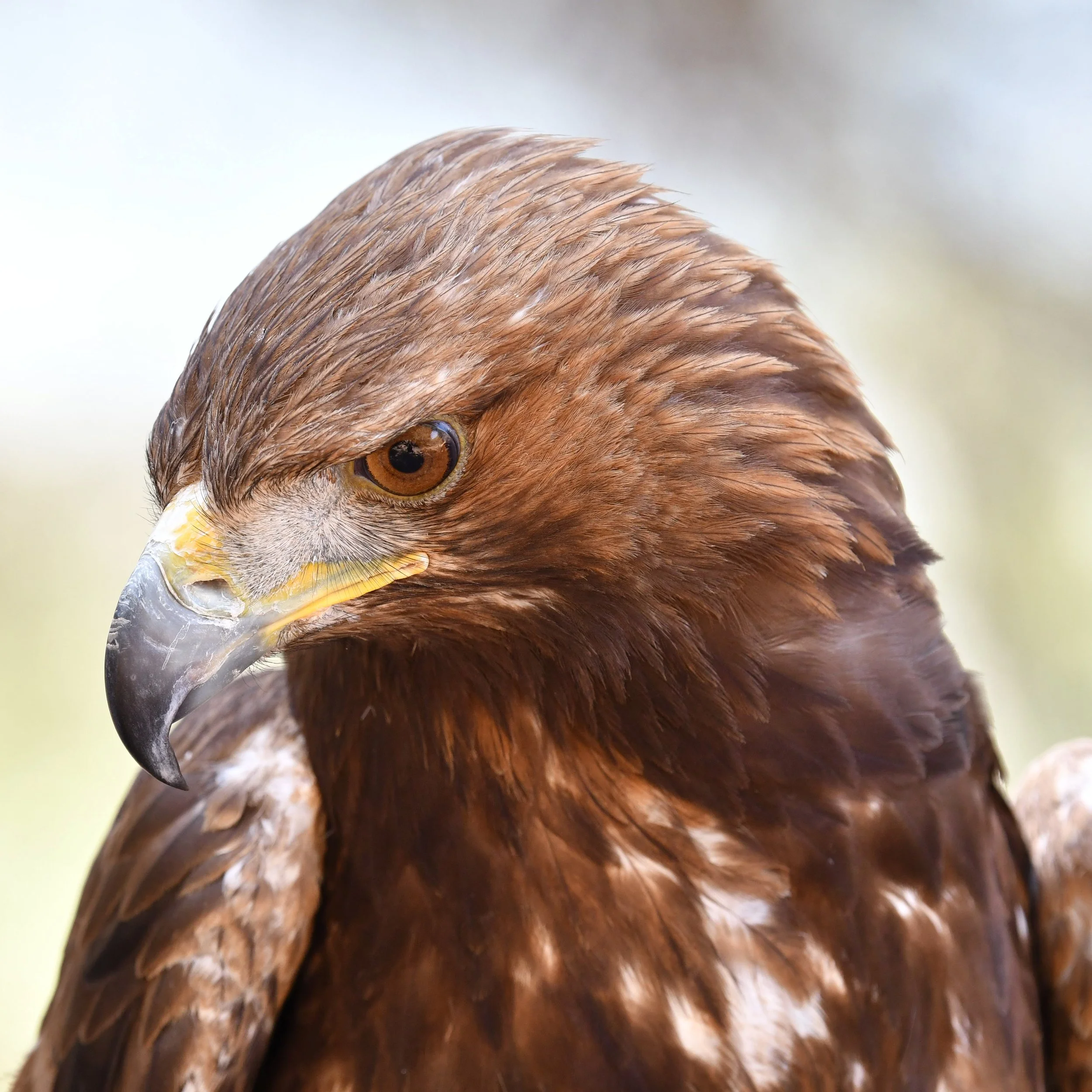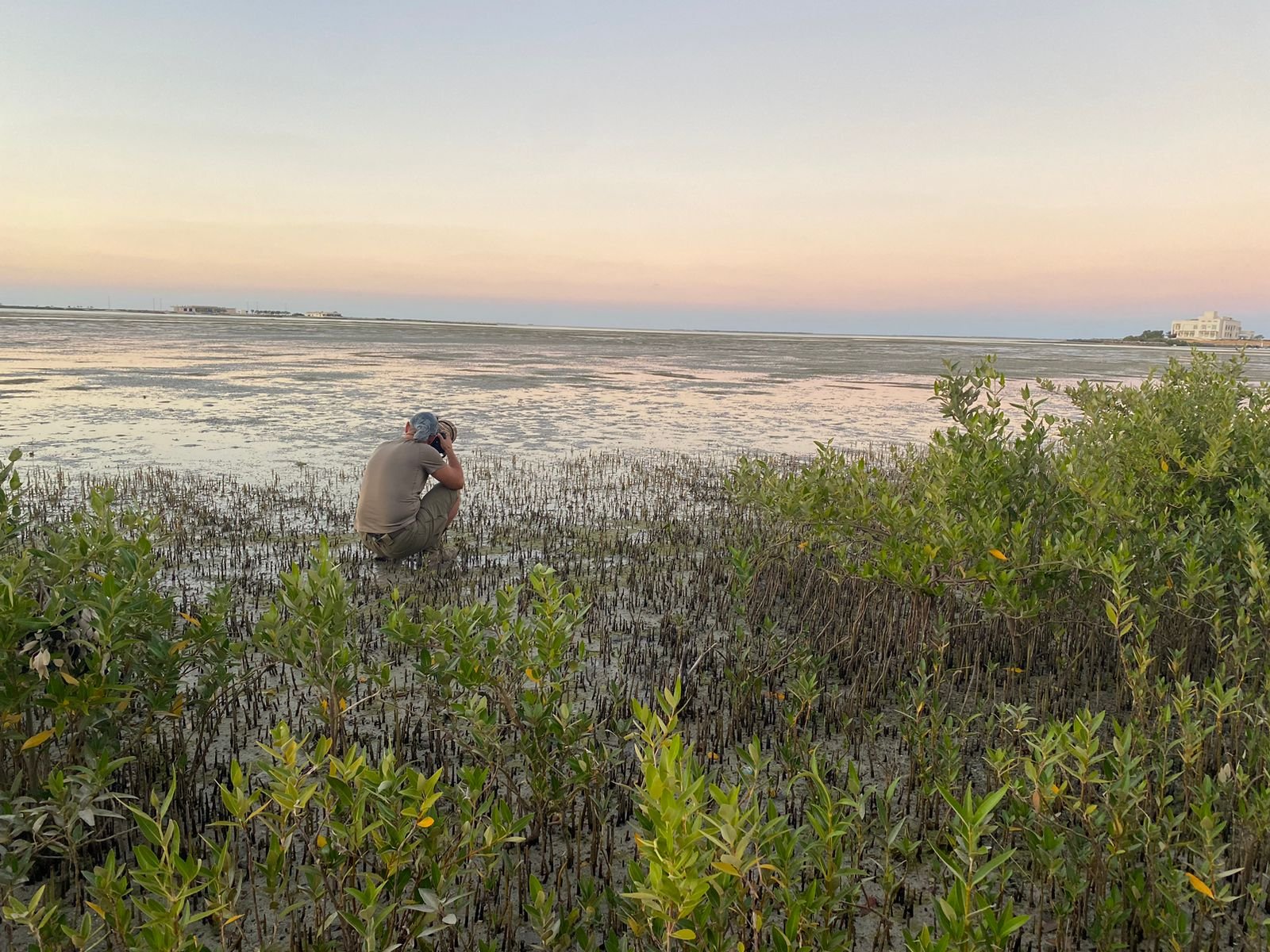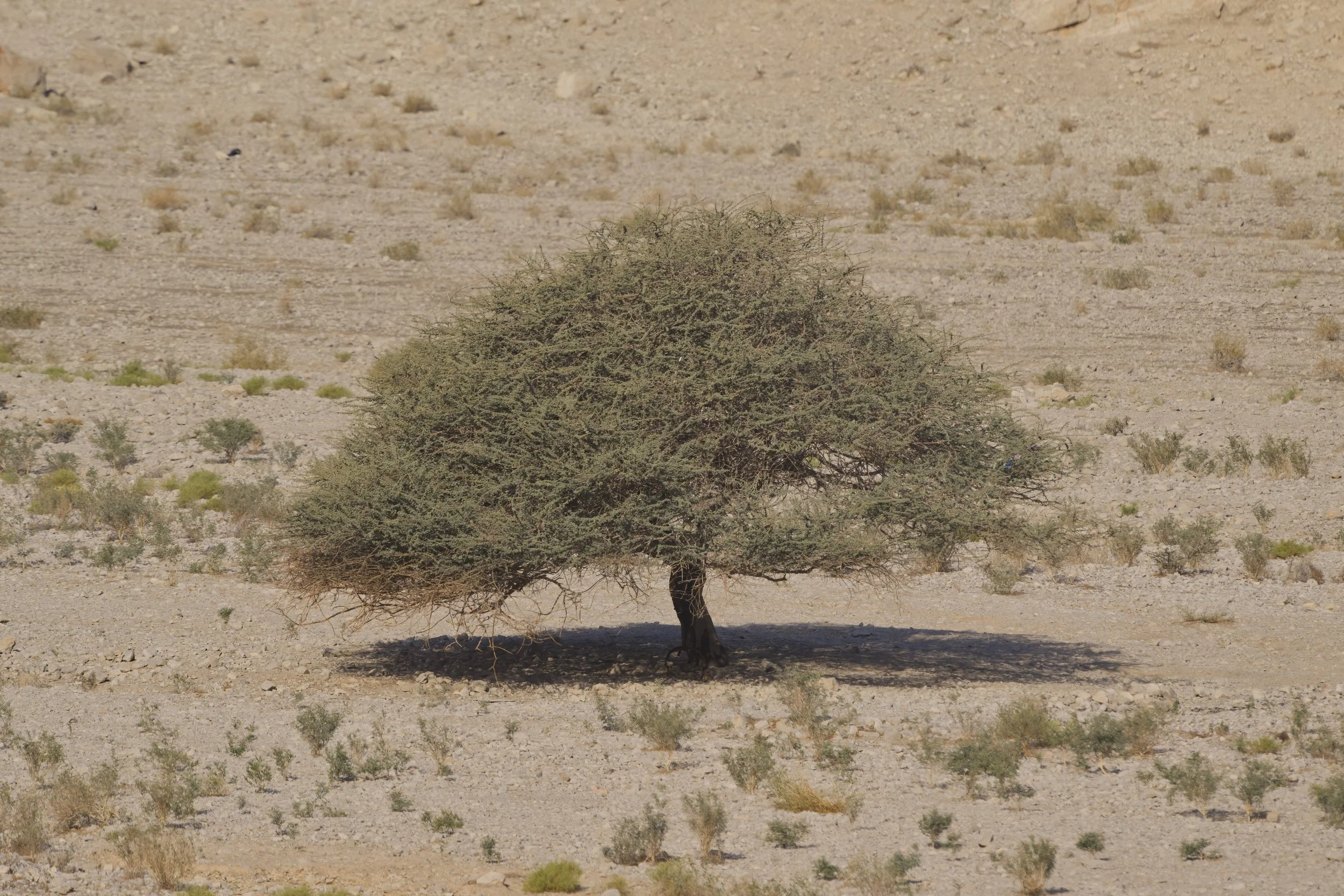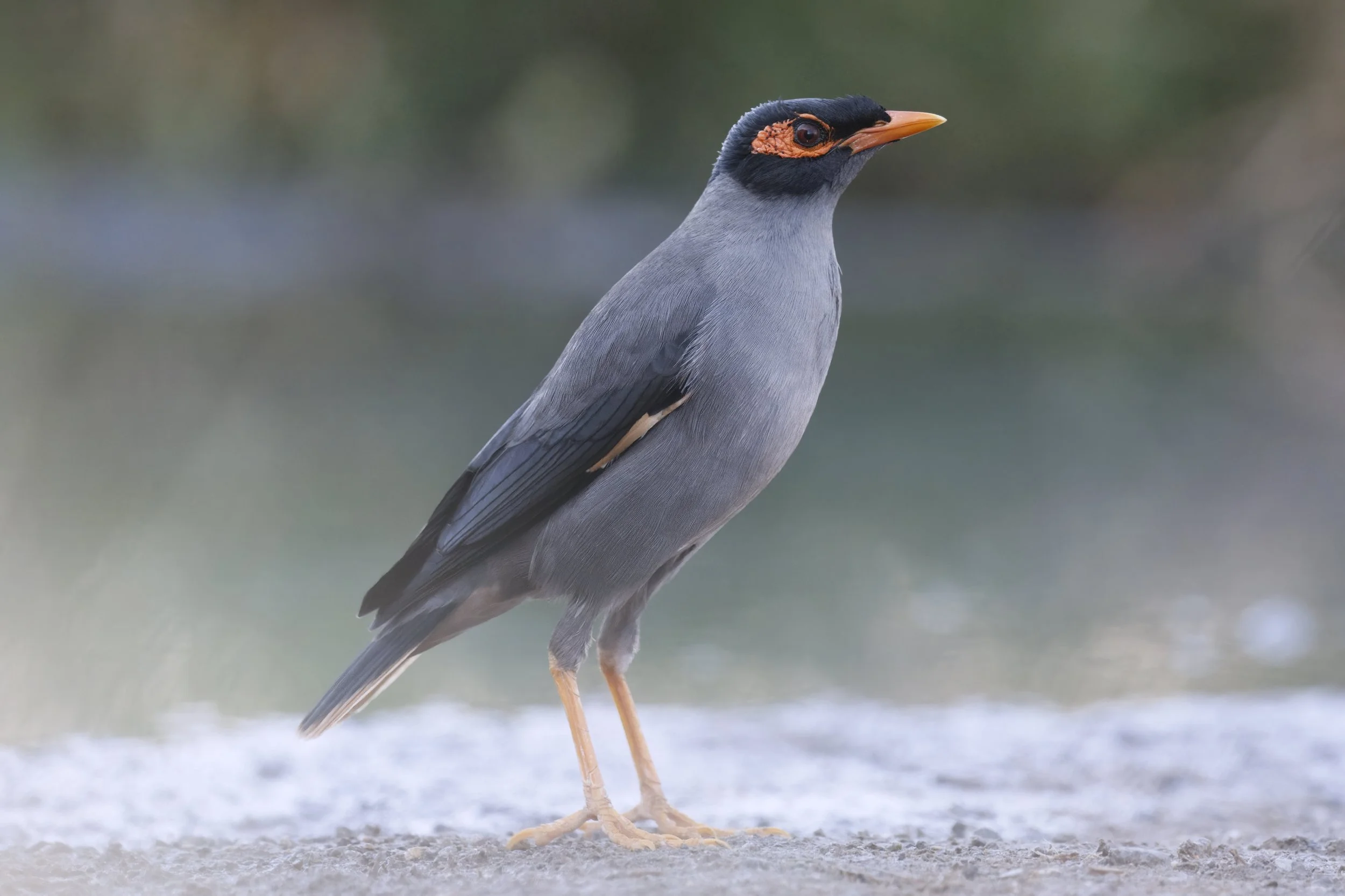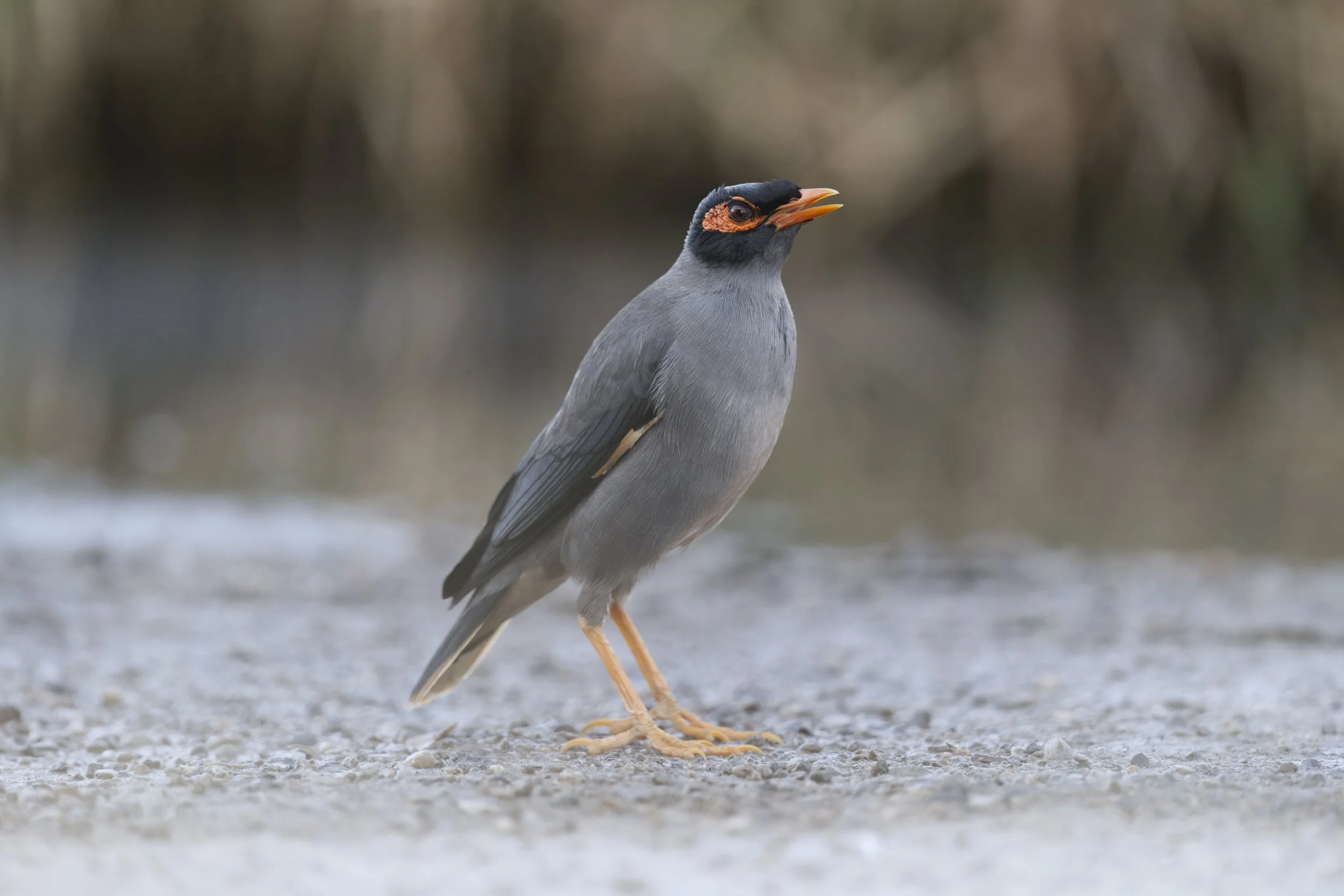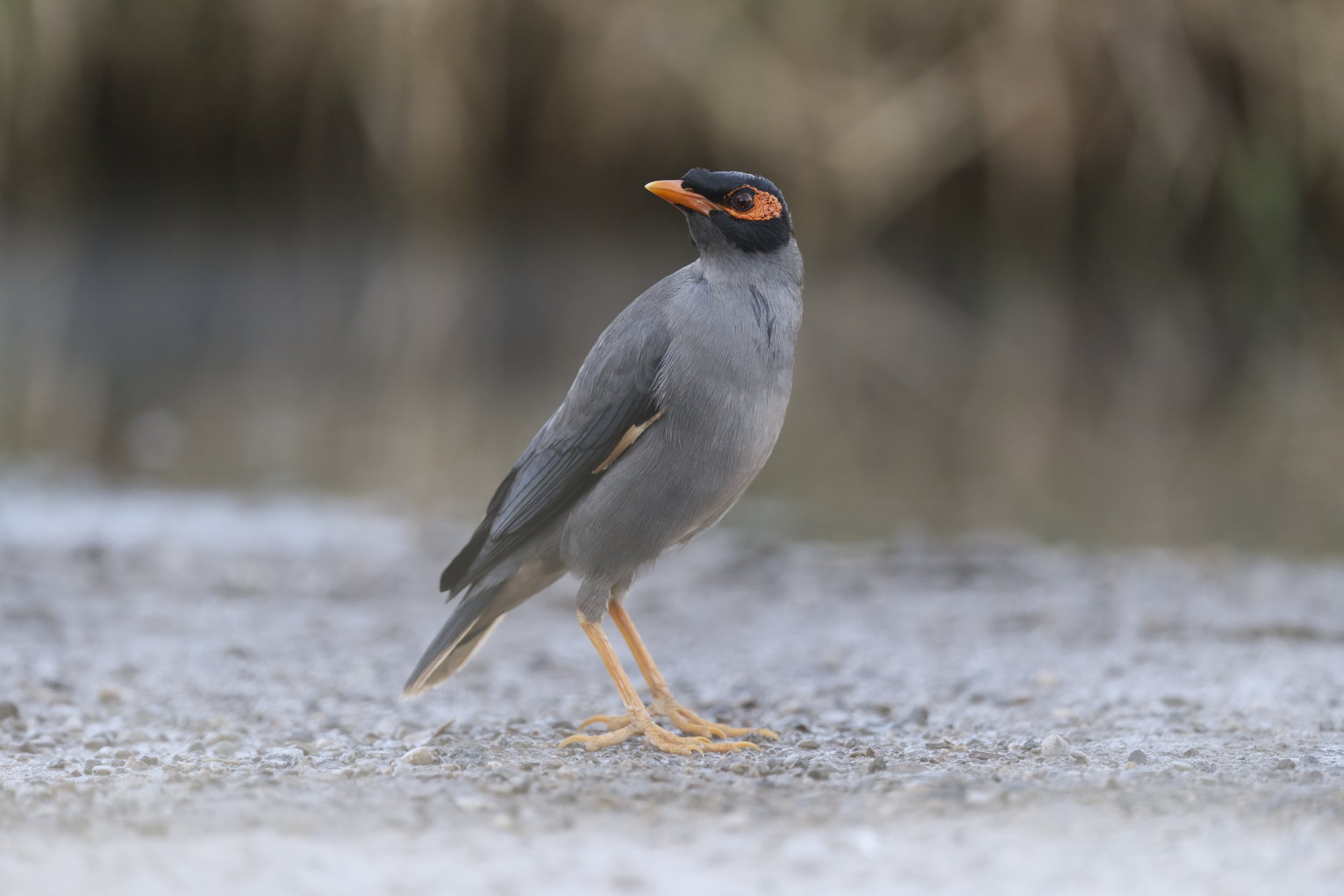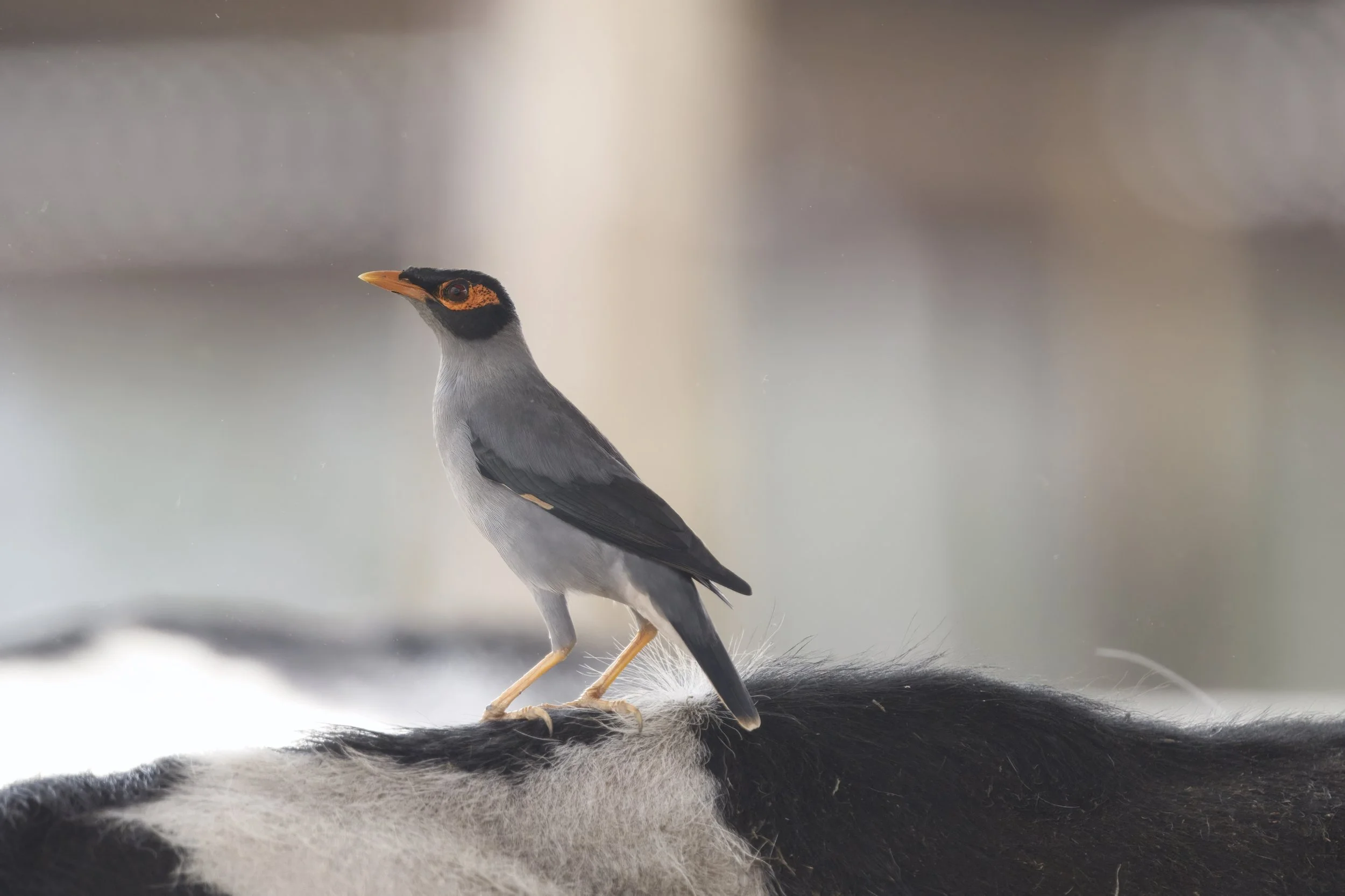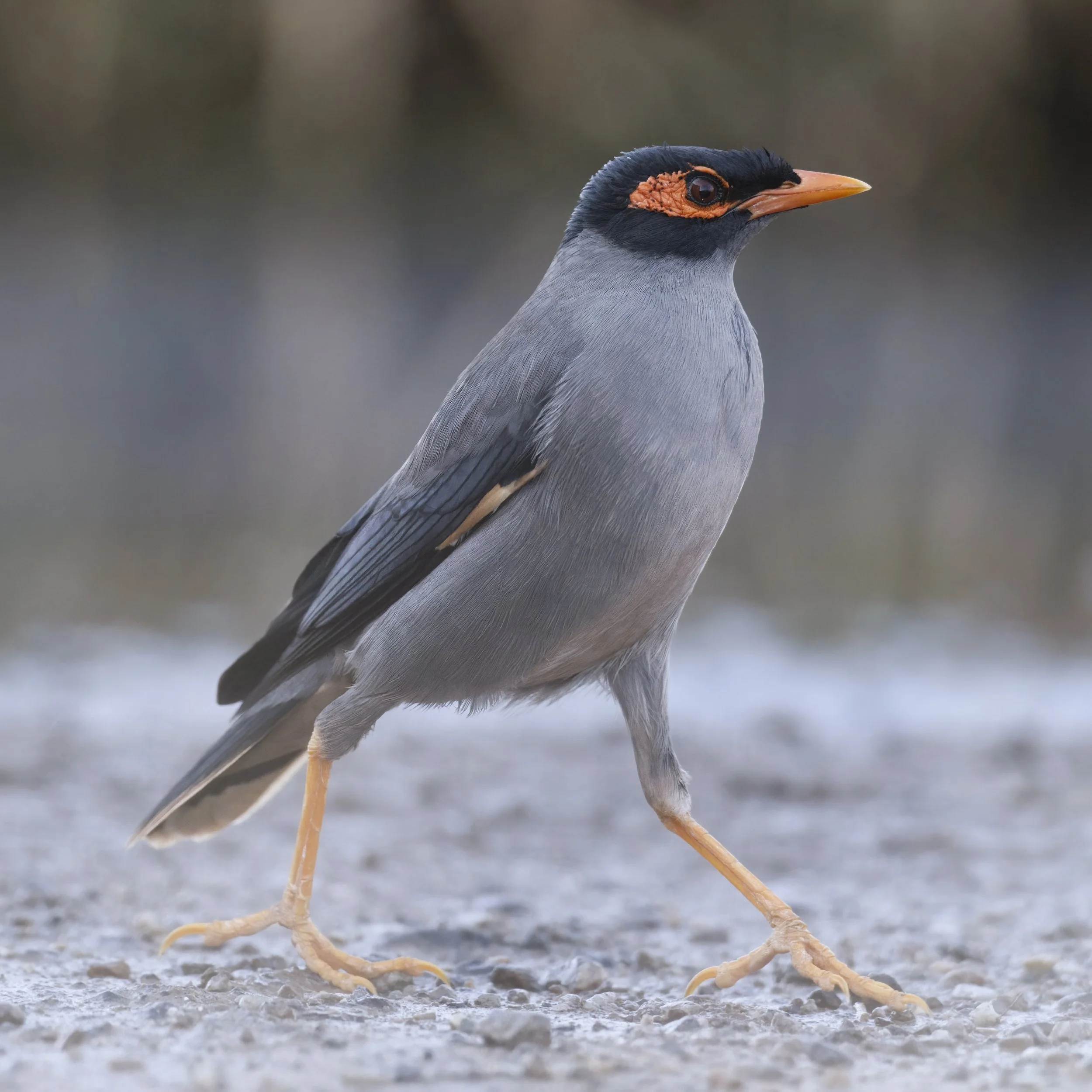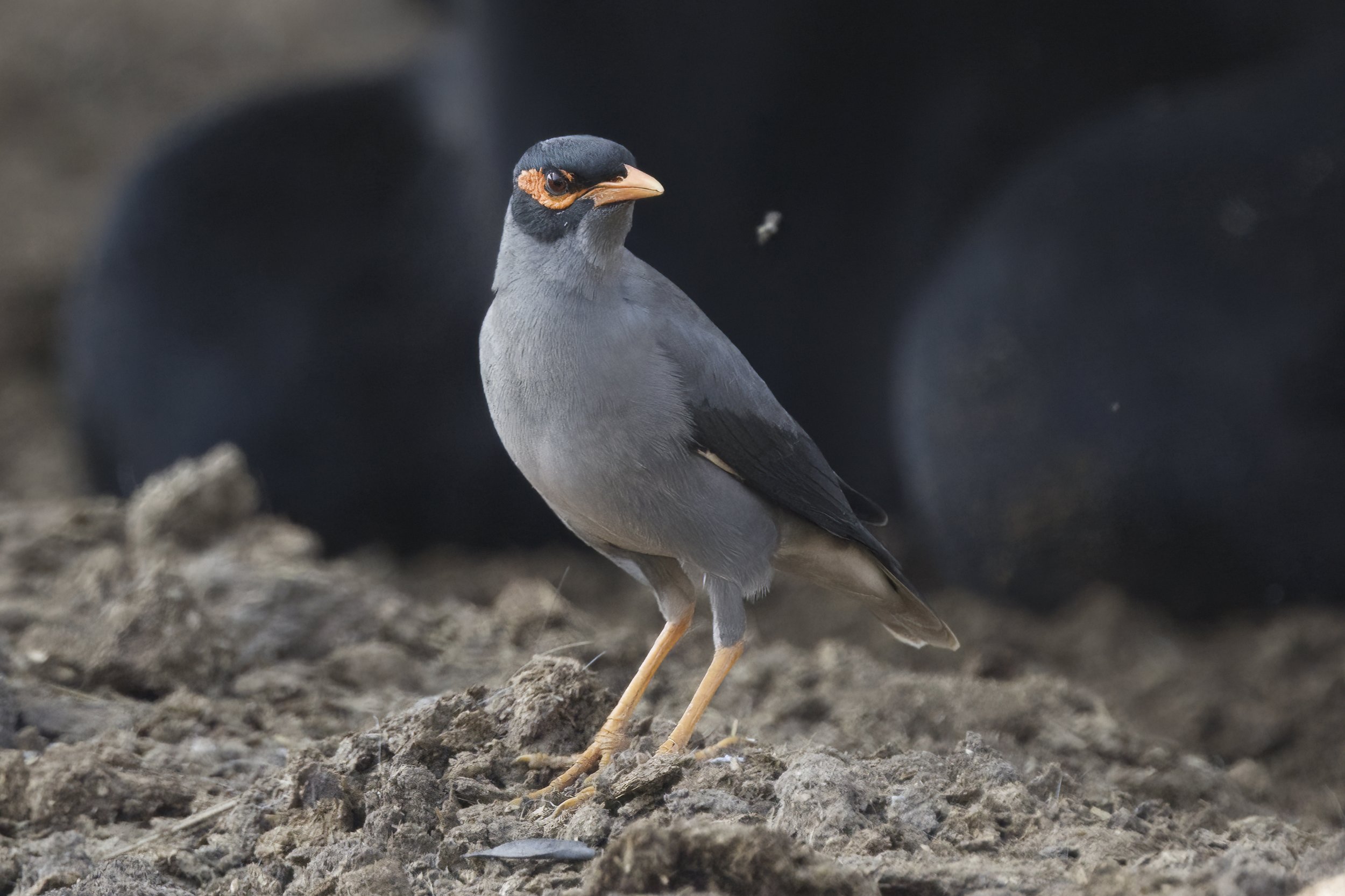Bank Myna \ Acridotheres ginginianus **
Bank Mynas (Acridotheres ginginianus) are known for their unique foraging behavior, often seen picking food directly from cattle’s legs. They take advantage of insects, ticks, and parasites that get disturbed as cows move through fields. This symbiotic relationship benefits both the bird—by providing an easy meal—and the cattle—by helping remove pests. This behavior is similar to that of cattle egrets, showcasing the adaptive and opportunistic nature of the Bank Myna in its search for food.
The Bank Myna (Acridotheres ginginianus) is considered invasive in some regions due to its high adaptability, rapid reproduction, and competitive behavior. Originally native to South Asia, it has expanded its range, often thriving in urban areas, agricultural lands, and near water bodies.
Why It’s Considered Invasive:
Aggressive Competition – It competes with native bird species for nesting sites and food resources, sometimes outcompeting them.
Rapid Breeding – It reproduces quickly, allowing populations to grow and spread fast.
Human-Associated Spread – It adapts well to human-altered environments, including cities, farmland, and livestock areas.
Potential Crop Damage – Large flocks can feed on grains and fruits, sometimes affecting agriculture.
Disease Transmission – Like other urban-dwelling birds, it may contribute to the spread of avian diseases.
Although not as notorious as the Common Myna (Acridotheres tristis), the Bank Myna's expanding range raises concerns about its impact on native ecosystems, particularly in areas where it has been introduced.
| NOT EVALUATED | DATA DEFICIENT | LEAST CONCERN** | NEAR THREATENED | VULNERABLE | ENDANGERED | CRITICALLY ENDANGERED | EXTINCT IN THE WILD | EXTINCT |
|---|---|---|---|---|---|---|---|---|
| NE | DD | LC | NT | VU | EN | CR | EW | EX |


